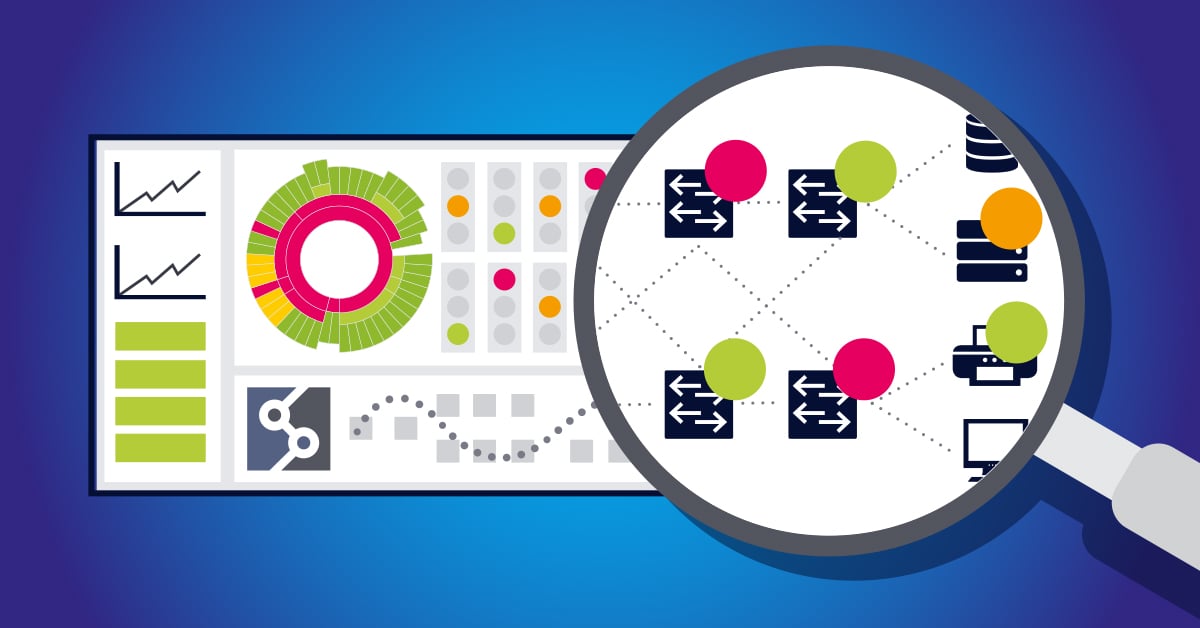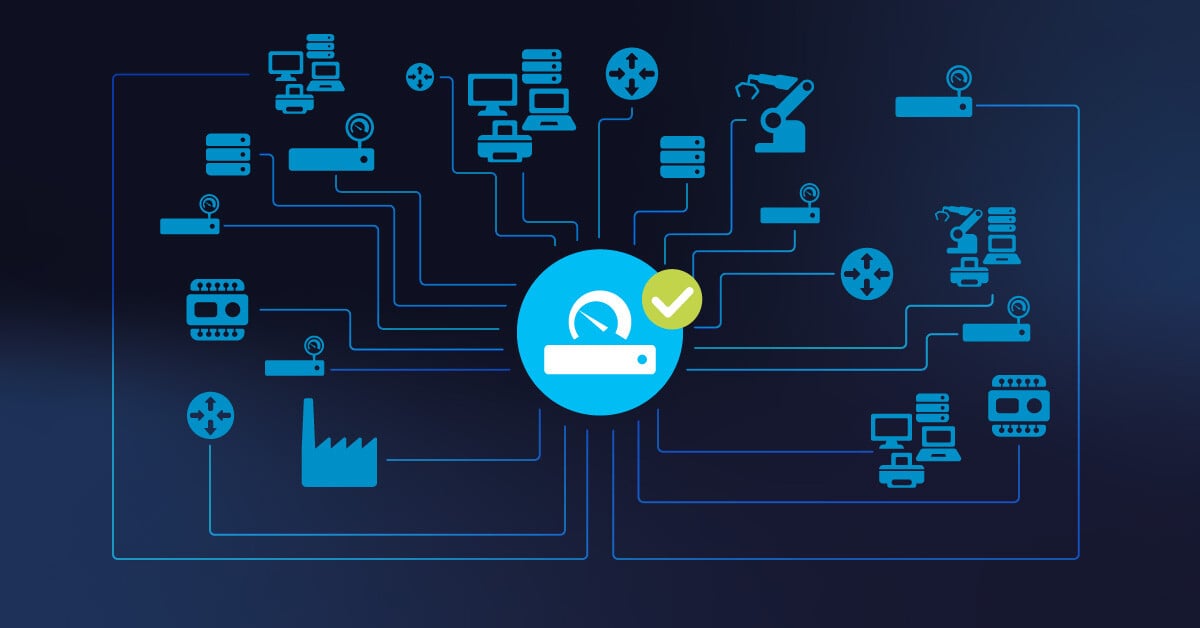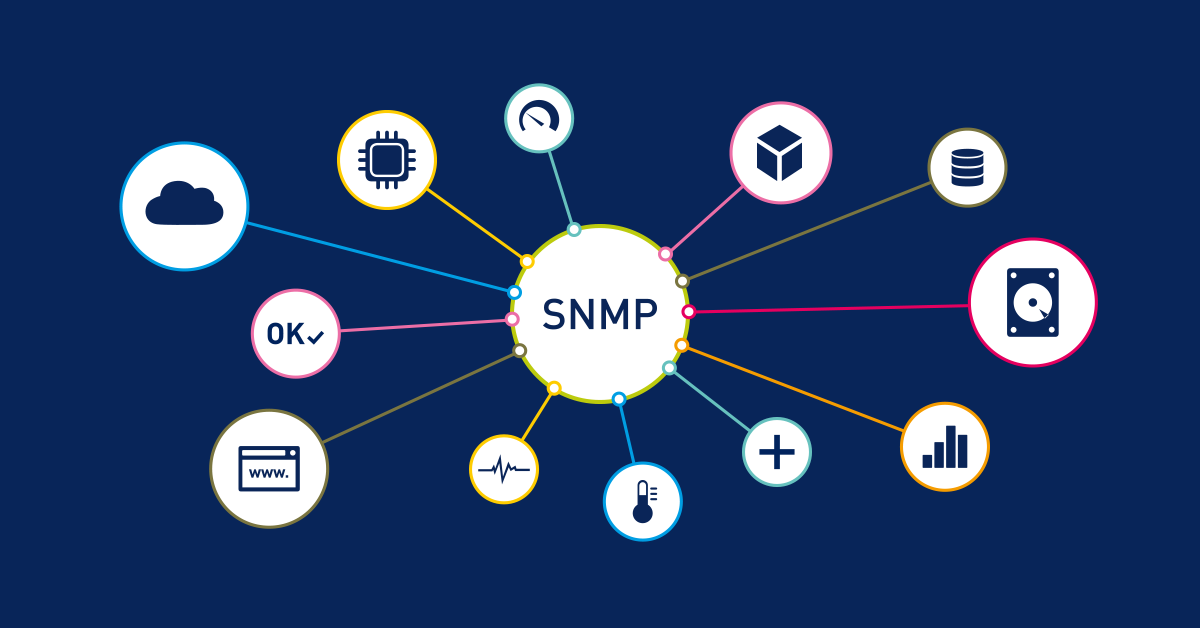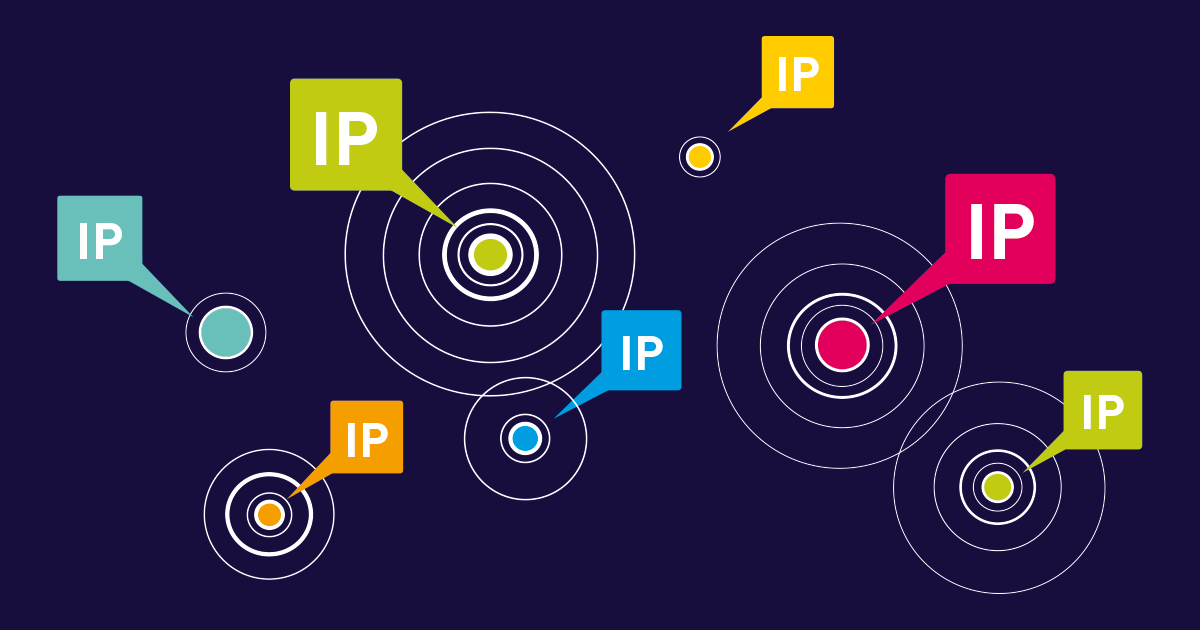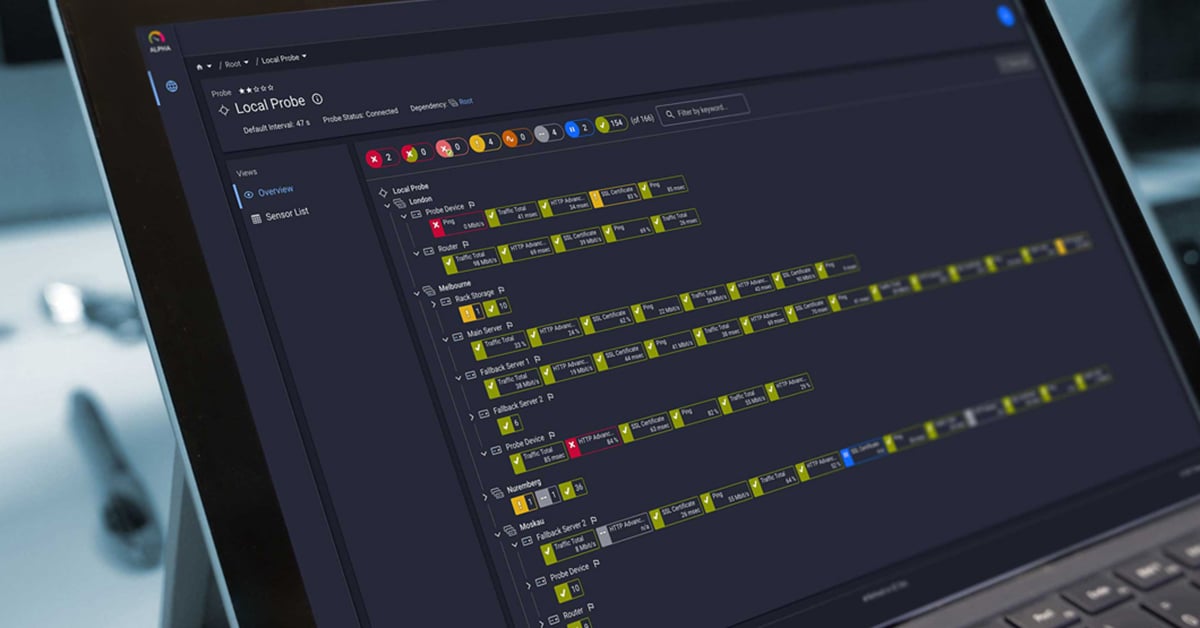Imagine you're in the busy precincts of the Metropolitan Police Department, but instead of solving a murder mystery, you're solving the case of the mysterious network device. Enter Martin Sanders, the charming and witty novelist turned detective consultant with a penchant for turning even the most mundane case into a thrilling adventure. At his side is the ever-astute Detective Lindsay Cameron, ready to solve any mystery, no matter how technical.
"Martin," Lindsay says, looking at the network map on the screen, "we have an unidentified device lurking on our wireless network. It could be a rogue printer, a rebellious smart TV, or just a router in disguise."
Martin leans in, intrigued. "Ah, the plot thickens! Every IPv4 address is a suspect, every MAC address a potential red herring. It's like a digital whodunit, and we're the only ones who can solve it."
With Paessler PRTG as their trusty sidekick, Martin and Lindsay dive into the world of network monitoring where every connected device has a secret and every packet of network traffic is a clue. It's up to them to ensure that no device goes unidentified and no data goes unnoticed. So grab your metaphorical magnifying glass and join them on this exciting investigation - because in the world of network device identification, the truth is always out there, waiting to be discovered.
The case of network device identification
Let's face it - keeping track of what's connected to your network is no longer just about having a tidy device list. These days, it's more like guarding your digital front door while making sure everything inside runs smoothly and nobody's up to any funny business.
Think of your network as a busy city, where each device - from Android phones to MacOS computers, from server to switch - is a citizen that needs proper identification to access services and maintain order.
The basic tools of investigation
Every network detective needs to understand the basic identifiers that enable device discovery on computer networks. When investigating connected devices, we look for two primary pieces of evidence:
-
IP addresses: Think of these as temporary street addresses in your local network. Whether it's IPv4 or dynamic addresses assigned by DHCP, these identifiers help us locate devices on the network. You can usually find a device's address through the router's web interface or command prompt.
-
MAC addresses: These are like fingerprints – unique identifiers burned into each device's network interface. While they can be spoofed, they're generally reliable for device identification purposes. Using ARP (Address Resolution Protocol), we can match these identifiers to their corresponding IP addresses.
The plot thickens: Modern challenges
Just when you think you've got everything under control, the story gets more complicated. The rise of IoT devices and smart TVs has turned our wireless networks into bustling metropolises. From Linux servers to Android devices, MacOS computers to web browsers, every device requires proper network device identification and monitoring.
"You see, Lindsay," Martin would say, leaning back in his chair, "these devices are like the perfect suspects in a crime novel. They slip in and out of our subnet without leaving a calling card, sometimes wearing clever disguises that mask their true hostnames. One minute they're there, the next they've vanished – only to reappear somewhere else entirely."
Lindsay would nod knowingly, adding, "And that's what makes our job so challenging. We can't just assume every new device is innocent or guilty. That smart doorbell might be exactly what it claims to be, or it could be a cleverly disguised threat exposing vulnerabilities in our network. In this line of work, even the most innocent-looking IoT device could be harboring dark secrets."
Just like our favorite detective duo, network administrators need to approach each device type with both curiosity and caution. After all, in this digital precinct, appearances can be deceiving, and the next security breach might come from the most unexpected suspect.
Paessler PRTG: Your partner in crime-solving
This is where PRTG becomes your most valuable partner in network management and cybersecurity. Like a seasoned detective with years of experience in network discovery, PRTG:
✔️ Automatically discovers new devices as they join your network using advanced network scanning tools such as Nmap
✔️ Maintains detailed profiles of each device's behavior, including hostname, operating system, and real-time metrics
✔️ Alerts you when something suspicious occurs on your subnet or wireless networks
✔️ Maintains detailed logs of all network traffic and TCP/IP communications
Best practices: 4 steps to build your case
Let's talk about keeping your network as tidy as Martin keeps his murder board. Here are four proven ways to stay on top of your game:
First up: Regular network audits. Think of it as your daily patrol of the DNS and DHCP neighborhood. PRTG handles this automatically, so you'll never miss a new device trying to sneak in under the radar.
Second, keep your paperwork clean (Martin would hate this part). Know what each device's functionality is supposed to be, who owns it, and how it should behave on your network. It's like having a detailed rap sheet for every device on your network.
Third, run a tight ship on access control. Not everyone gets a backstage pass to your SSID - make sure only authorized devices can join your network. No exceptions, not even for that suspicious-looking printer from accounting.
Finally: Let PRTG be your watchdog. Set up alerts and monitoring to catch anything fishy. When something unusual happens in your network traffic, you'll know about it faster than Lindsay can say "Martin, stop touching things."
A real-world investigation
Let's look at a recent case: A mid-sized marketing agency noticed their bandwidth degrading during peak hours. Initial troubleshooting showed nothing unusual, but PRTG's detailed device identification revealed several unknown devices connected to the network, streaming video content and consuming network resources.
The IT team rolled up their sleeves and got to work. Armed with PRTG's network scanning tools, they first hunted down every single unauthorized device on their wireless networks. No stone left unturned. Next up? They split their network into secure subnets - kind of like setting up security checkpoints in different neighborhoods.
They weren't taking any chances this time. New house rules meant every single device needed proper clearance before joining the network. And thanks to PRTG's real-time monitoring, they now had their own 24/7 security guard keeping watch. You know, the kind that never needs coffee breaks.
The result? Their network was back in shape and the IT team could see exactly what was happening in every corner of their digital workspace. 🙌
My famous last words
Network device identification may not involve dramatic car chases or last-minute plot twists, but it's critical to maintaining cybersecurity and efficient computer networks. With the right tools like PRTG and the right procedures in place, you can ensure that no device on your network remains a mystery.
Remember, in the world of network management, an unidentified device is like an unsolved case - and that's something no good detective can leave alone. So grab your digital magnifying glass, fire up PRTG, and start investigating. After all, the network never sleeps, and neither do the vulnerabilities that may be lurking within it.
As Martin would say, "There are two kinds of devices on your network: the ones you know about, and the ones you better know about soon". With PRTG as your partner, you'll always be one step ahead in this digital game of cat and mouse.
Happy monitoring, friends! 🙌
Oh, and if you're ready to identify every single device in your network, Try PRTG Network Monitor free for 30 days and experience a hassle-free monitoring experience.
 Published by
Published by 